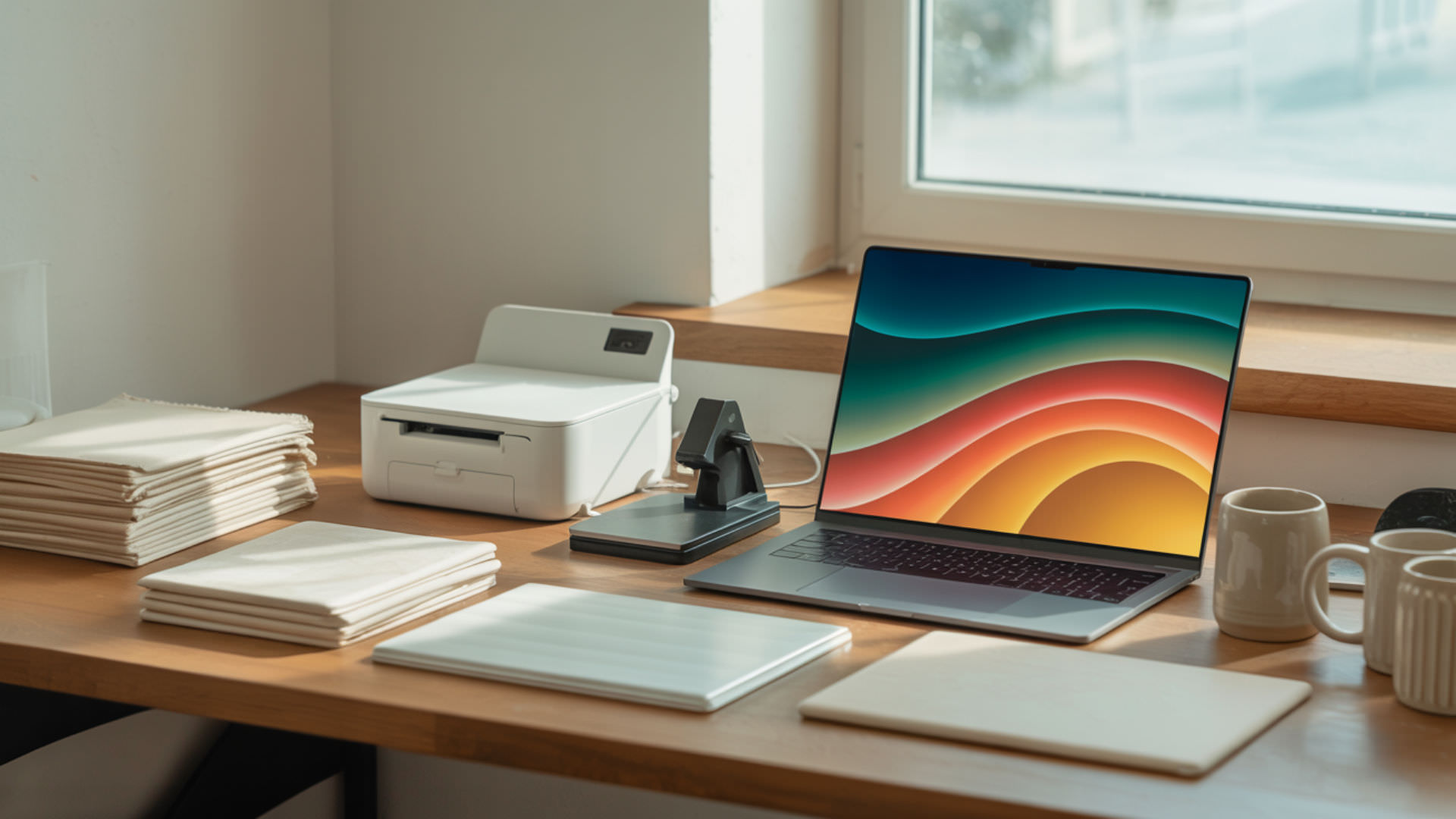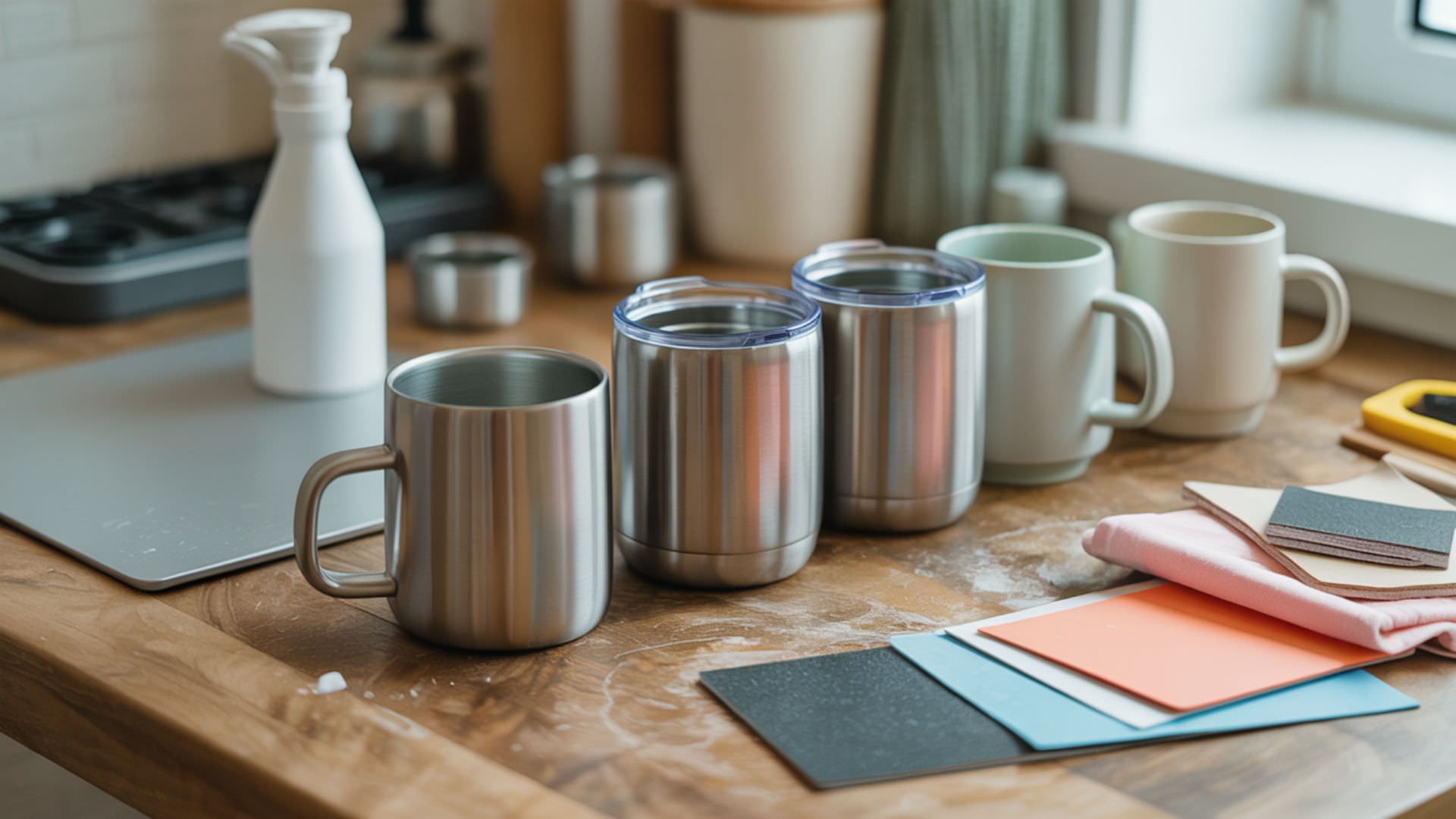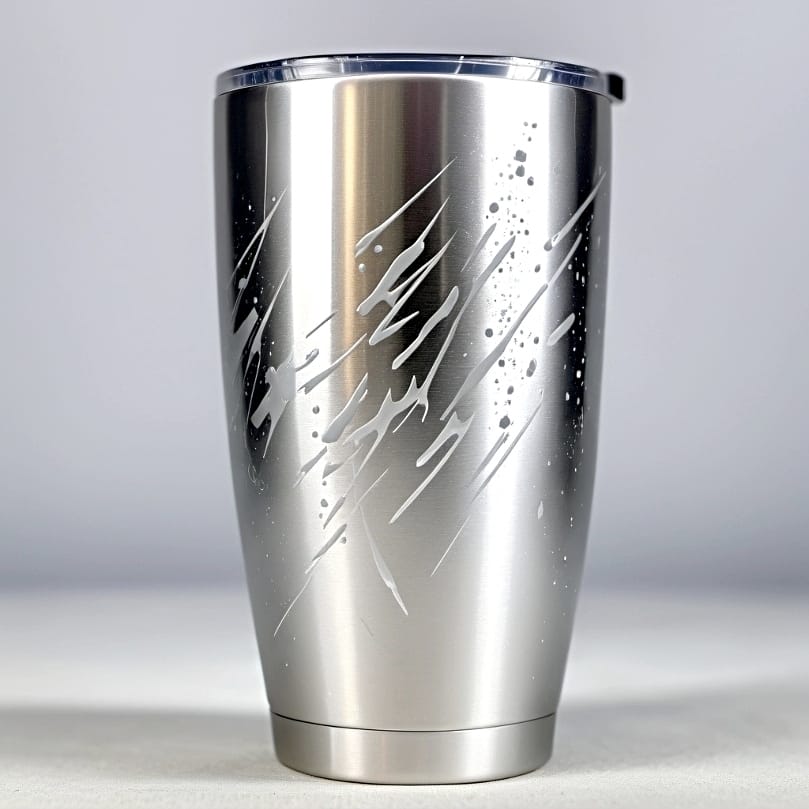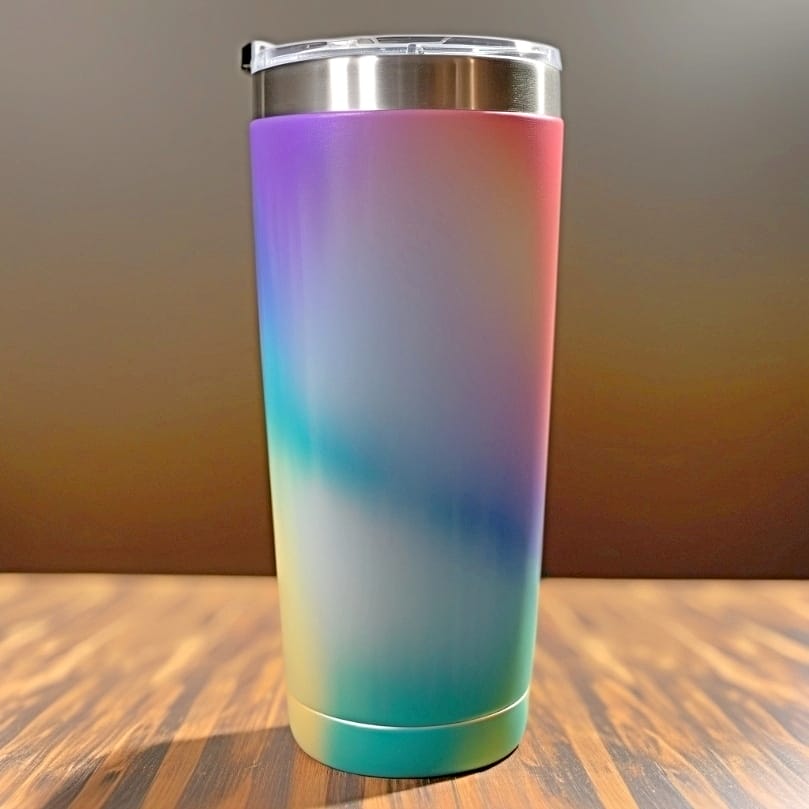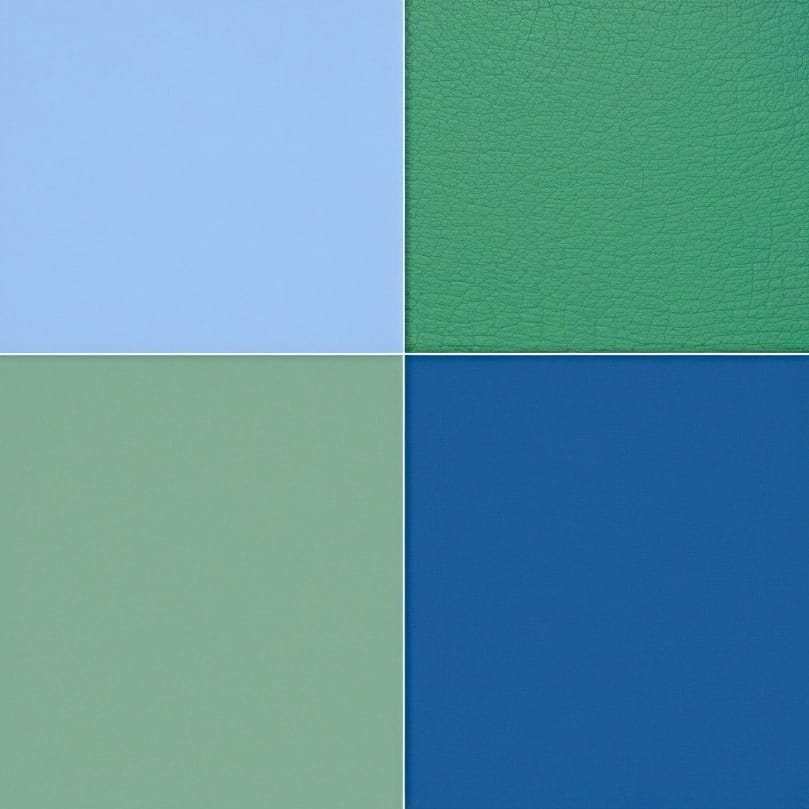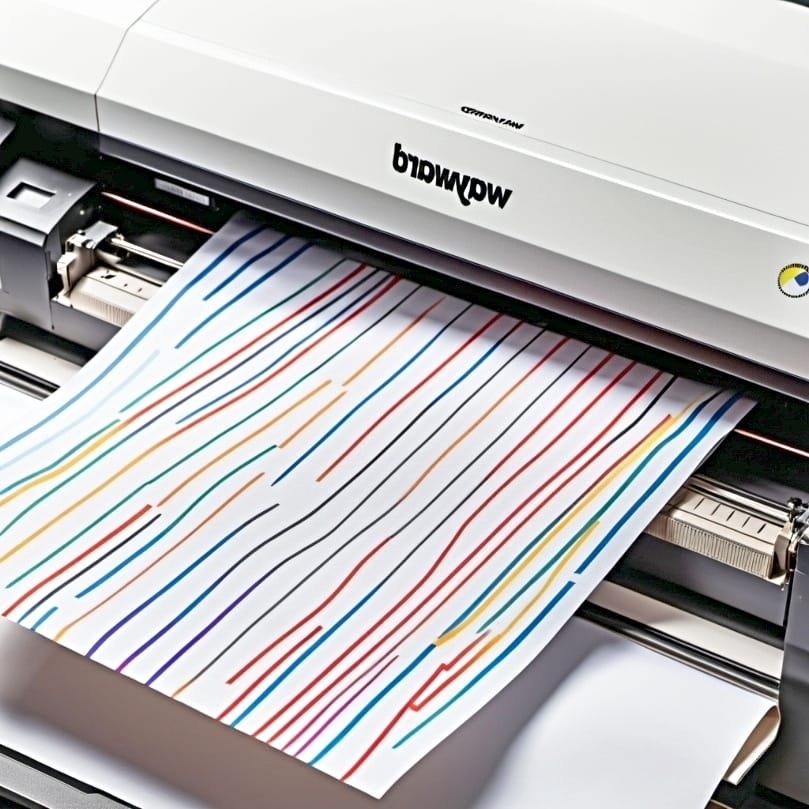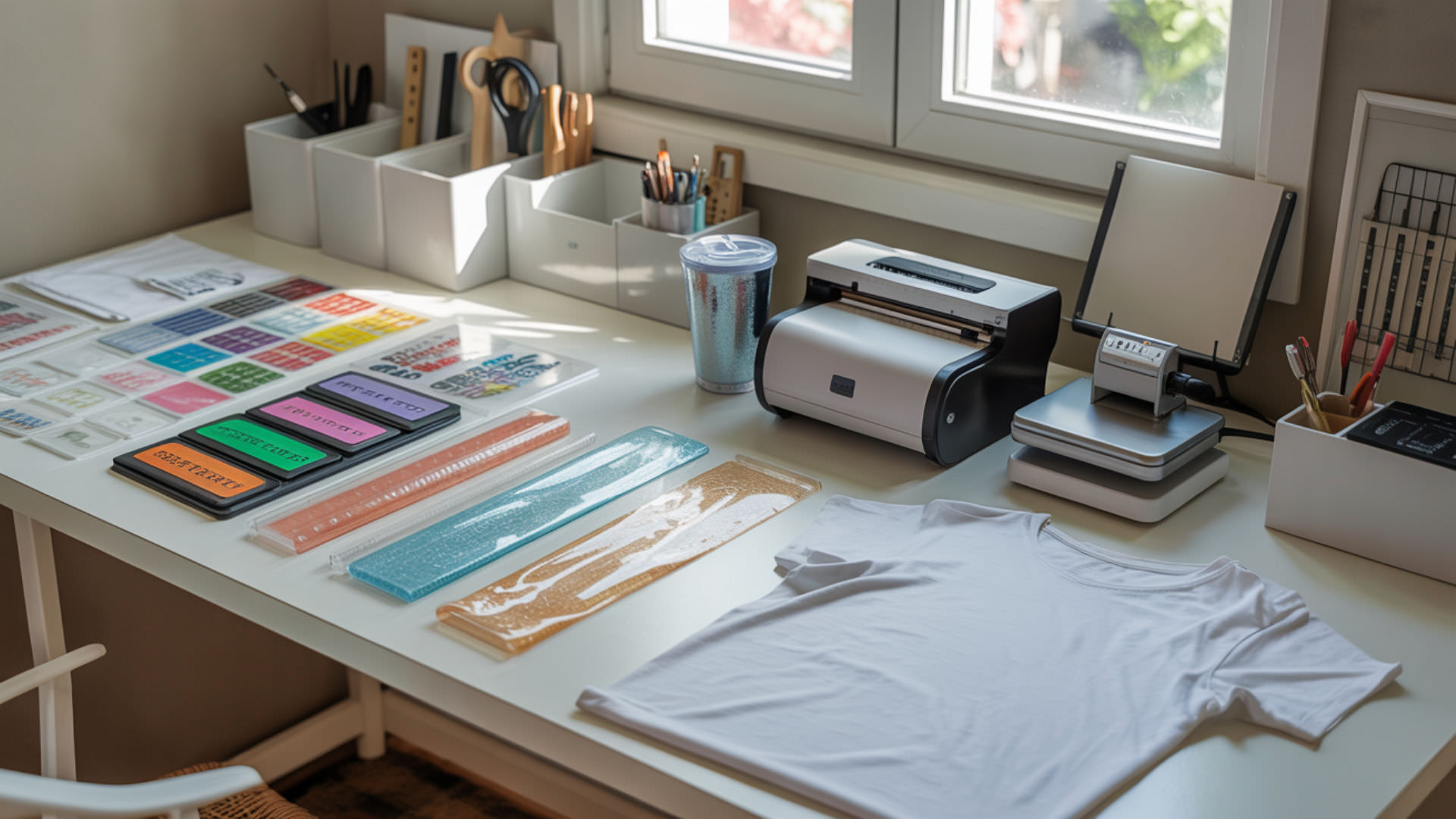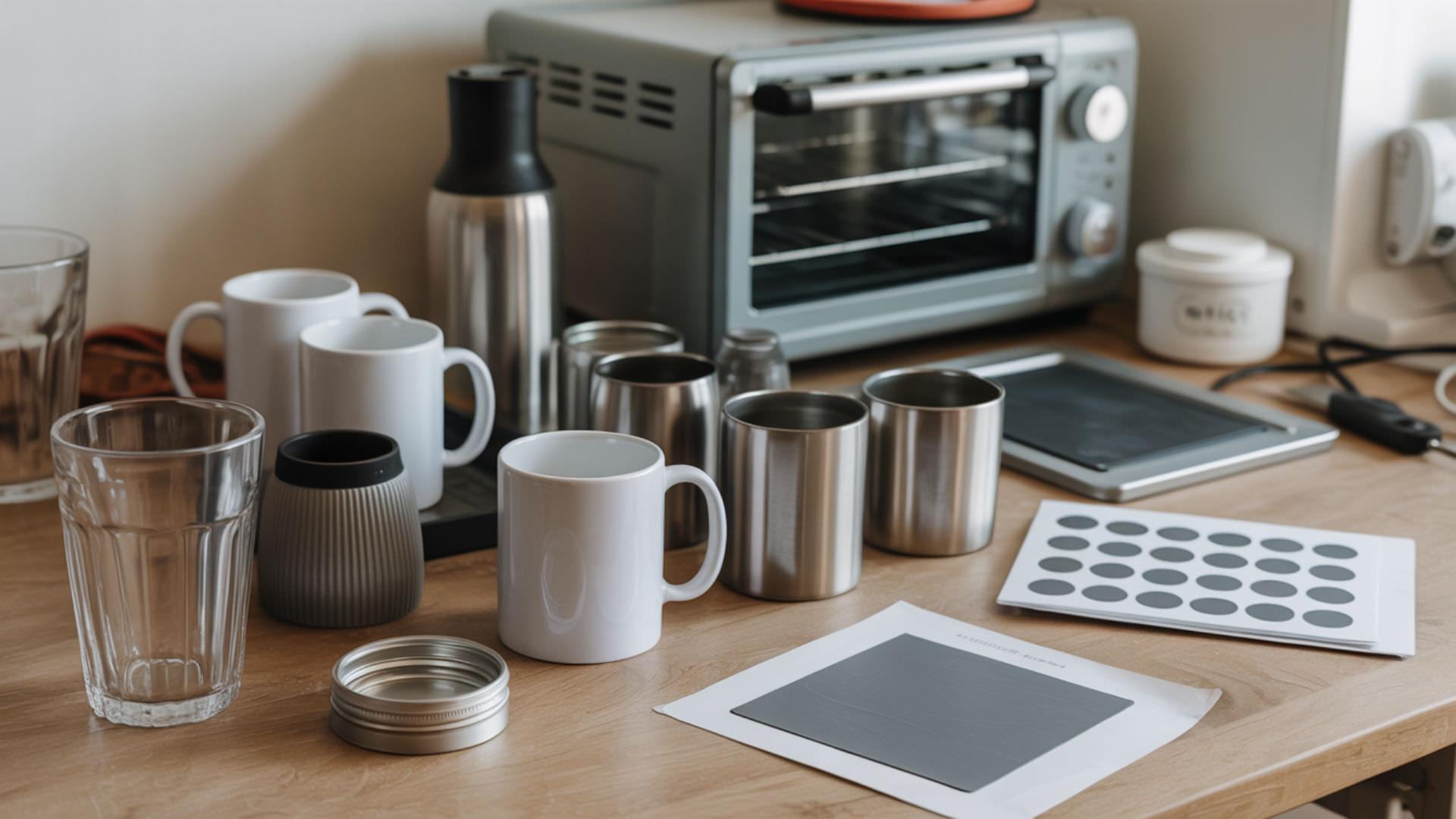Table of Contents
ToggleHeat triggers the transformation that makes sublimation possible—converting solid dye on transfer paper into gas that bonds permanently with polymer surfaces. Understanding how temperature, timing, and material preparation interact separates inconsistent results from professional-quality prints. For the complete science behind dye-sublimation printing, see our comprehensive guide to sublimation printing techniques. Sublimation relies on a heat-driven phase change in which solid dye converts directly into gas, allowing it to bond with polymer surfaces. [1]
Key Takeaways
- Pressure ensures complete transfer contact between paper and substrate for full dye bonding.
- Temperature between 385–400°F activates dye properly, controlling vibrancy and color consistency.
- Moisture elimination and secure paper placement prevent ghosting, fading, and blurry transfers.
How Do You Get the Best Sublimation Print Quality?
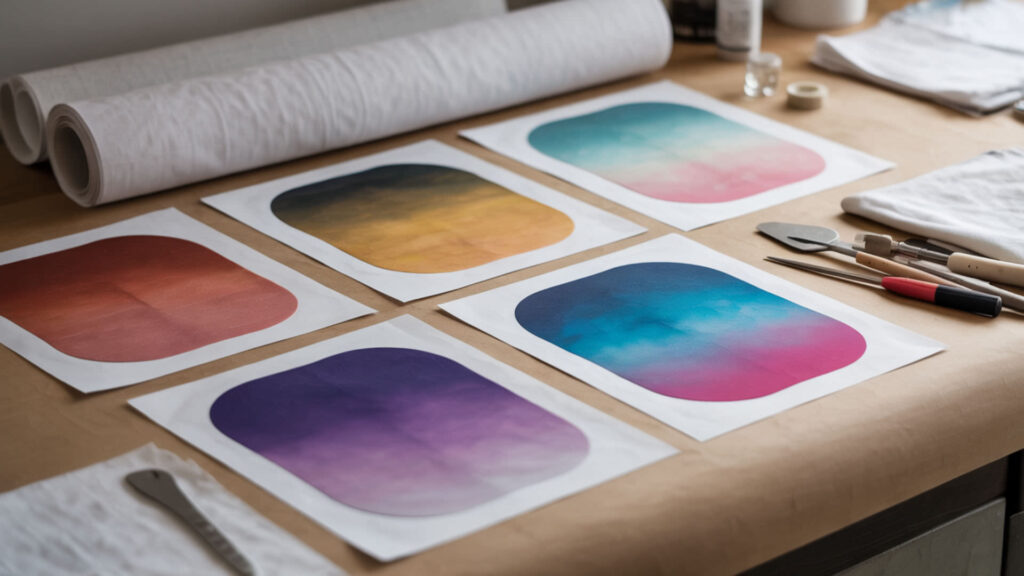
Moisture blocks dye diffusion by creating steam barriers between paper and substrate during heat activation. Higher temperature increases diffusion rate, driving dye deeper into polymer chains for saturated colors. Pre-press substrates 3–5 seconds to eliminate trapped water, maintain 385–400°F, and store paper below 65% humidity. Because moisture causes similar problems on incompatible materials, our guide on what can’t be sublimated explains related limitations.
Why Are My Sublimation Colors Not Bright Enough?
Image density determines maximum achievable vibrancy—low-resolution files or incorrect color profiles limit saturation regardless of press settings. Insufficient time causes under-pressing where dye conversion remains incomplete. Press polyester at 385–400°F for 45–60 seconds minimum. Verify ICC profiles match your printer-ink-paper combination, and ensure substrates contain at least 65% polyester for optimal color reception.
Why Do My Sublimation Prints Look Dull on Paper?
Sublimation dye appears muted on transfer paper by design—vibrancy develops only after heat triggers gas diffusion into the substrate. This dull pre-press appearance is normal and expected. The transformation occurs when heat converts solid dye particles to gas, allowing molecules to penetrate polymer chains and reveal their true color intensity upon cooling.
What Temperature and Time Should You Use When Pressing Sublimation Items?
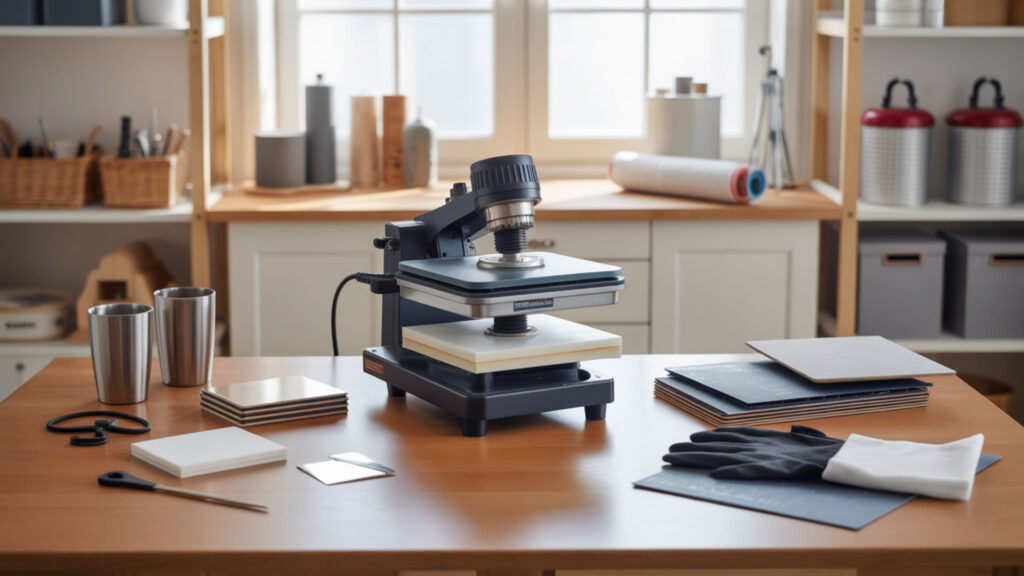
Thermal equilibrium across the heat press platen prevents under-pressed areas that appear faded or patchy. Standard settings range from 385–400°F for 45–60 seconds on polyester fabrics, while hard substrates like ceramics require 350–400°F for 180–240 seconds. Longer time increases color depth and saturation. Always pre-heat the press and verify temperature with an infrared thermometer before production.
How Long Should You Press a 20 oz Sublimation Tumbler?
Convection ovens heat curved tumblers uniformly at 375°F for 5–6 minutes with rotation halfway through. Tumbler presses require 365–380°F for 40–75 seconds per side—press once, rotate 180 degrees, then press again. Temperature consistency prevents blotchy results. Heat transfer varies by equipment type, so calibrate settings with test prints before committing to production batches.
⫸ Click Here For Best Selling Sublimation Printers And Products ⫷Can You Sublimate Over an Already-Sublimated Tumbler?
Re-sublimating tumblers is possible but causes thermal degradation that weakens the polymer coating with each heat cycle. The new design may show scuffing or scratching more readily than original prints. Using an abrasive method to remove old dye first improves results—our guide on removing sublimation ink from tumblers covers surface reset techniques.
Why Does Sublimation Sometimes Look Faded After Pressing?
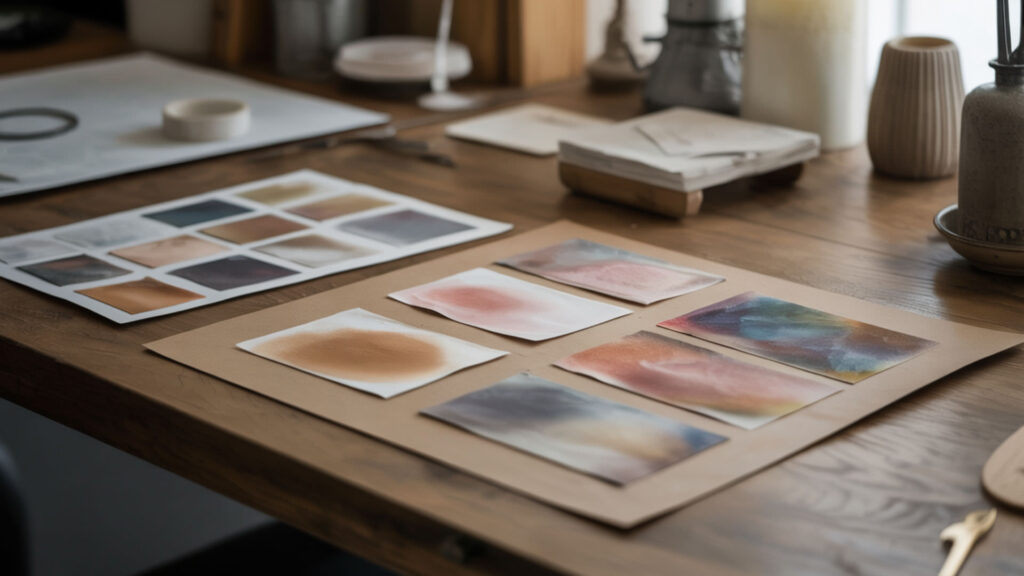
Moisture trapped in substrates or paper inhibits dye penetration by creating steam barriers during pressing. Poor thermal conductivity in the heat press causes uneven heating and patchy results where some areas receive insufficient diffusion. Pre-press all materials to eliminate moisture, verify platen temperature uniformity, and ensure substrates sit flat without air gaps beneath the transfer paper.
Why Is My Sublimation Ink Smearing?
Excess pressure forces dye outward beyond intended boundaries, causing smearing and loss of detail. Temperature gradients across the platen create blurring where hotter zones activate dye faster than cooler areas. Reduce pressure to medium (40 psi), ensure paper is fully dry before pressing, and verify even heat distribution. Oversaturated prints with too much ink also smear regardless of press settings.
How Can I Prevent Sublimation Paper from Sticking After Pressing?
Slow evaporation rate from moisture trapped between paper and substrate causes sticking—the paper bonds to the surface instead of releasing cleanly. Proper heat ensures complete dye transfer and prevents this bond formation. Use protective parchment paper above and below transfers, pre-press to remove moisture, and peel paper immediately while still warm for clean separation.
How Do You Maintain Sublimation Equipment Step-by-Step?
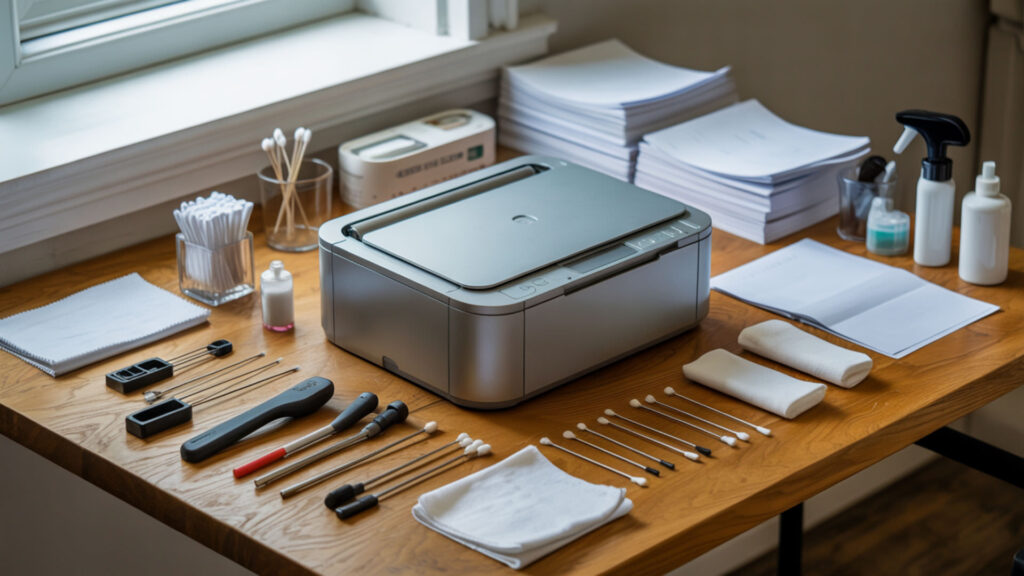
- Run a nozzle check weekly on your sublimation printer. This identifies clogged channels before they affect print quality or cause permanent damage.
- Clean the heat press platen with a non-abrasive cleaning agent monthly. Residue buildup affects thermal conductivity and can transfer marks to future projects.
- Flush printer heads with cleaning solution after extended idle periods. Dried ink causes permanent clogs that require professional repair or head replacement.
- Ensure adequate ventilation when using cleaning agents containing VOCs. Proper airflow protects respiratory health and prevents fume accumulation in enclosed spaces.
- Inspect heat press seals and hinges quarterly for wear. Damaged components cause pressure inconsistencies that result in uneven transfers.
What Are the Best Storage and Handling Conditions for Sublimation Supplies?
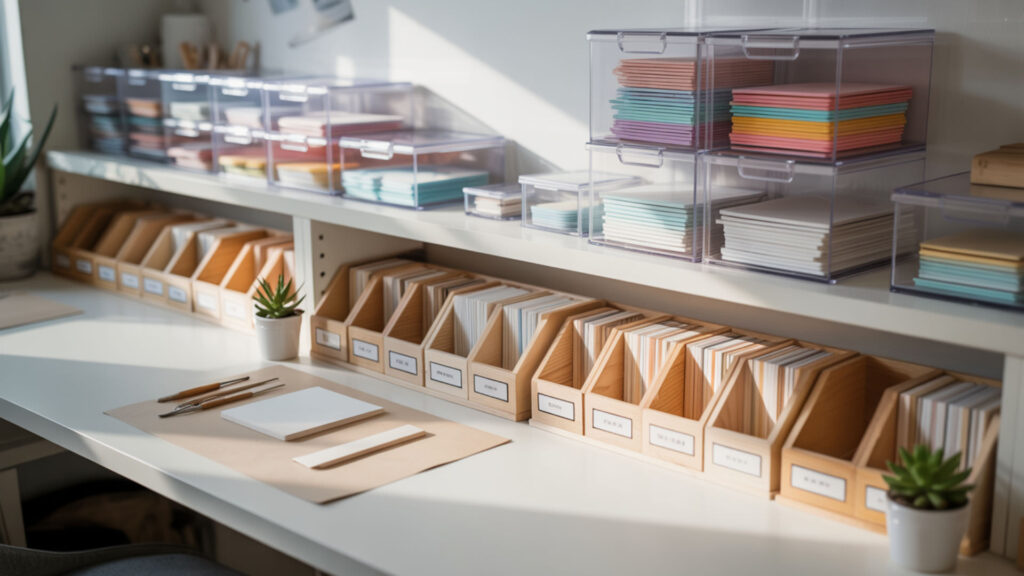
Highly volatile sublimation inks require sealed containers in temperature-stable environments between 60–75°F. Moisture causes paper warping, cockling, and dull transfers—store transfer paper flat in sealed bags with desiccant packs. Heat resistance matters for blank storage; keep polymer-coated substrates away from direct sunlight and heat sources that could prematurely degrade coatings before pressing.
What Are the Conditions Needed for Sublimation to Work Properly?
Heat initiates the phase transition from solid dye to gas—temperatures of 350–400°F provide sufficient energy for sublimation to occur. Polymers must reach their glass transition temperature (Tg) before molecular chains gain enough mobility to accept dye penetration. Polyester’s Tg falls within standard press ranges, enabling effective bonding. Low humidity and secure paper contact complete the essential conditions. Sublimation depends on how materials respond to heat at the molecular level, since polymers must soften enough for dye molecules to diffuse and bond effectively.[2]
Which Materials Do Not Sublimate Effectively?
Materials lacking polymer content cannot bond with sublimation dye—cotton, uncoated metals, and natural fibers reject the process entirely. Low melting point materials like certain plastics deform or melt before reaching activation temperatures, causing permanent damage. Without proper coating, the dye has no molecular structure to penetrate. Polymer-coated alternatives or specialty sprays create workarounds for some otherwise incompatible substrates.
Do You Need to Clean a Sublimation Printer Regularly?
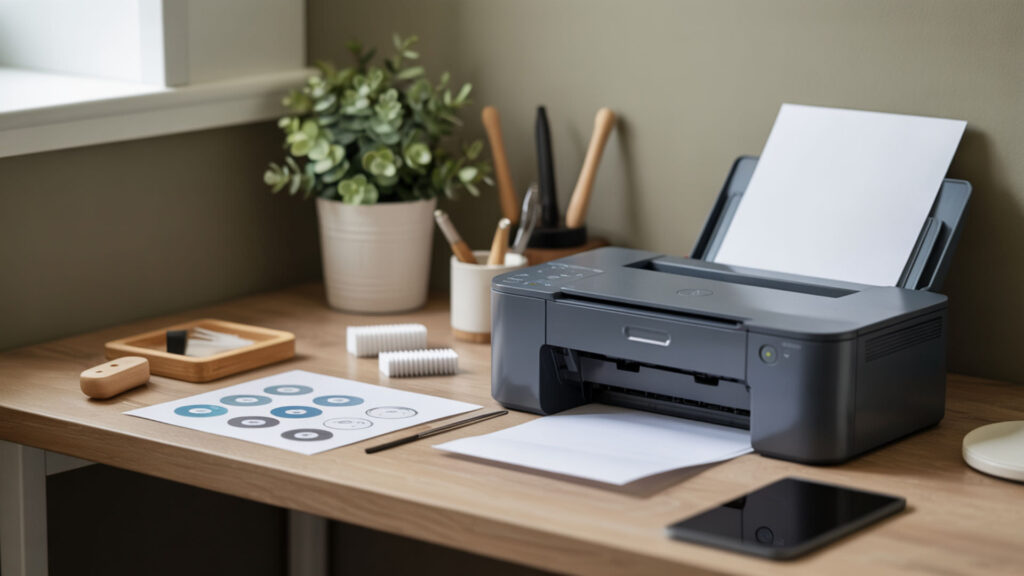
Regular cleaning with appropriate solvent-based solutions removes ink residue that accumulates in print heads and feed mechanisms. Surface preparation through consistent maintenance prevents the clogging that causes banding, missing colors, and permanent nozzle damage. Run nozzle checks weekly, perform head cleaning cycles monthly, and flush the system after idle periods exceeding two weeks to maintain optimal performance.
Can You Reuse a Sublimation Print More Than Once?
First pressing consumes most sublimation dye from the transfer paper, leaving insufficient image density for quality second prints. Reheating depletes remaining dye further, producing severely faded results suitable only for vintage or distressed effects on 100% polyester. The technique fails on ceramics and blended fabrics where minimal residual ink cannot overcome substrate resistance. Test on scrap material first.
Can You Use Fabric Softener on Sublimation Shirts?
Fabric softener deposits residue on polyester fibers that disrupts the polymer surface structure over time, causing gradual adhesion breakdown and color degradation. This polymer degradation dulls prints and compromises durability with repeated washing. Wash sublimated garments inside-out in cold water with mild detergent only. Skip softener and bleach entirely to preserve the molecular bond between dye and fabric.
Ready to Master Sublimation Printing?
Consistent temperature control and proper diffusion timing transform average prints into professional results. Dialing in the right settings takes practice, but understanding the science makes troubleshooting faster. Because pressure consistency depends heavily on equipment quality, explore our guide to the best sublimation supplies for recommended tools.
Frequently Asked Questions
How do you fix ghosting in sublimation?
Ghosting occurs when transfer paper shifts during pressing, creating shadow duplicates of the design. Prevent movement by securing all edges with heat-resistant tape before closing the press. Remove paper swiftly immediately after pressing while the substrate is still warm. Moisture can also cause ghosting—always pre-press fabrics to eliminate trapped water that creates steam-induced shifting.
Why are my sublimation prints turning orange or pink?
Orange or pink color shifts typically indicate incorrect temperature settings, ink contamination, or clogged printer heads delivering uneven color distribution. Contaminated ink from mixing brands or using expired supplies creates unpredictable hue changes. Run head cleaning cycles and nozzle checks. Verify temperature accuracy with an infrared thermometer—settings too high or low alter how different dye colors activate.
What humidity level is best for sublimation?
Maintain workspace humidity between 35–65% for consistent sublimation results. High moisture content causes paper warping, ink bleeding, and dull transfers from steam interference during pressing. Low humidity below 30% may create static issues with paper handling. Use a hygrometer to monitor conditions and store supplies in sealed containers with desiccant packs when ambient humidity exceeds recommended ranges.
Why do sublimation prints sometimes look blurry?
Blurry prints result from paper movement during pressing, excessive pressure forcing dye beyond boundaries, or temperature inconsistencies across the platen. Moisture creates steam that shifts paper mid-press. Secure transfers with tape on all edges, reduce pressure to medium settings around 40 psi, and verify even heat distribution. Low-resolution source images also produce soft results regardless of press technique.
How do you stop sublimation designs from shifting during pressing?
Apply heat-resistant tape to all four edges of the transfer paper, securing it firmly to the substrate before pressing. Eliminate moisture through pre-pressing—steam creates upward force that lifts and shifts paper during the transfer cycle. Close the heat press smoothly without jarring movements. For curved items like tumblers, use silicone wraps or shrink sleeves that hold paper tightly in position throughout heating.
References
- Indoor air quality (IAQ). (2025, August 27). US EPA. https://www.epa.gov/indoor-air-quality-iaq
- Grainger Engineering Office of Marketing and Communications. (n.d.). Home. https://matse.illinois.edu/





